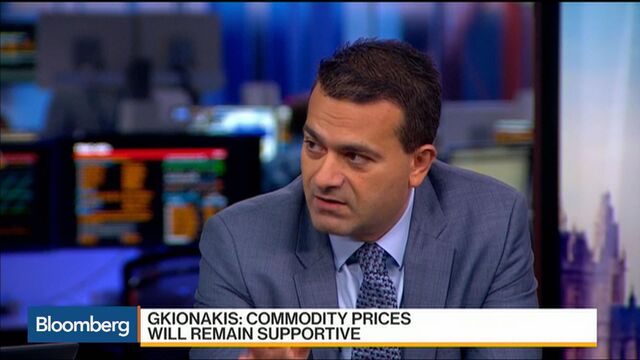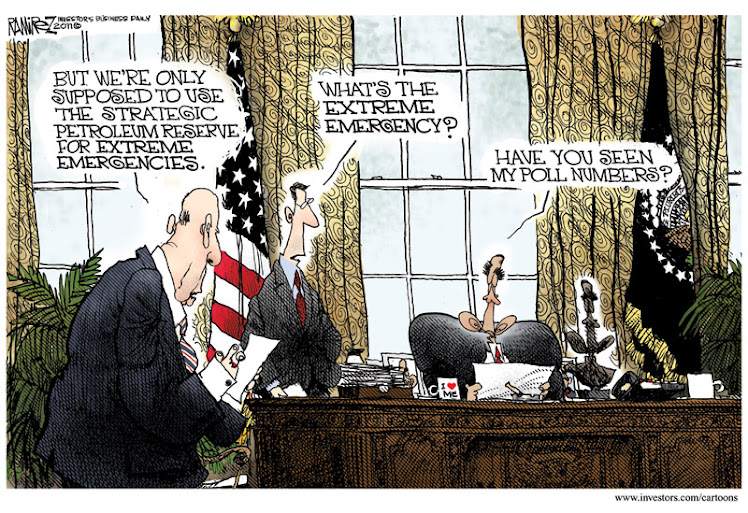Futures ended the session little changed after rising and falling about 2 percent. The talks in Vienna Tuesday haven’t resolved the question of whether the group’s second and third-largest members will participate in any production cuts, and the matter will be put off until the meeting of ministers on Nov. 30, according to two delegates. While Libya’s OPEC governor Mohamed Oun said the meeting ended with a consensus that will be presented to ministers, he didn’t comment on Iran and Iraq’s role.

"There are a lot of ramblings coming from OPEC," said Tim Pickering, founder and chief investment officer of Auspice Capital Advisors Ltd. in Calgary. "I’m usually an optimist, but not when it comes to OPEC coming to agreement. We have to pay close attention to the various statements because they aren’t all in agreement."
West Texas Intermediate for January delivery fell 21 cents, or 0.4 percent, to close at $48.03 a barrel on the New York Mercantile Exchange. Total volume traded was about 37 percent above the 100-day average at 4:40 p.m.
Futures were little changed from the settlement after the industry-funded American Petroleum Institute was said to report U.S. crude supplies fell by 1.28 million barrels last week. WTI traded at $47.91 as of 4:55 p.m.
Brent for January settlement rose 22 cents to $49.12 a barrel on the London-based ICE Futures Europe exchange. The contract touched $49.96, the highest level since Oct. 28. The global benchmark closed at a $1.09 premium to WTI.
Widening Contango
December cash WTI at Cushing, Oklahoma, was $1.40 below January futures, according to data compiled by Bloomberg, after the December futures expired Monday at a 75-cent discount. January’s discount to February widened 11 cents to 90 cents a barrel, the widest gap between the first two contracts since June.The widening contango signals near-term supply at the delivery point for the U.S. benchmark crude is ample. The market structure can encourage further inventory gains because it allows investors to buy crude cheaply, store it in tanks and lock in profit for later sales using derivatives contracts.
Watch Next: How Opec Deal Talk is Driving Oil and Commodity Prices

"Widening contango is telling us that this is a
very oversupplied market," said Bob Yawger, director of the futures
division at Mizuho Securities USA Inc. in New York. "This increases the
pressure on OPEC to come up with a deal. There’s trouble on the horizon
for OPEC if they don’t succeed."
Saudi Strategy
Saudi Arabia led OPEC in the adopting a pump as much as possible strategy in November 2014. The policy was aimed at defending market share and putting pressure on high-cost producers elsewhere, particularly surging output from U.S. shale formations and Canada’s tar sands."It’s hard to believe that Saudi Arabia would agree to any plan where Iran doesn’t have to cut production and can take their market share," said Stephen Schork, president of the Schork Group Inc., a consulting company in Villanova, Pennsylvania. "The people most anxious for an OPEC production cut are in Fort McMurray, the Bakken and the Eagle Ford. If OPEC succeeds in boosting prices they will add 1 million barrels in a relatively short time."Fort McMurray is the center of Alberta’s oil-sands region in Canada, while the Bakken and Eagle Ford are two U.S. shale regions that have seen production declines.
In the U.S., government data Wednesday is forecast to show crude inventories rose by 1 million barrels last week, according to a Bloomberg survey. Stockpiles climbed by 22.1 million in the past three reports from the Energy Information Administration. The industry-funded American Petroleum Institute is scheduled to release its weekly data Tuesday.
Oil-market news:
- The chairman of the Commodity Futures Trading Commission is trying to push ahead with controversial rules clamping down on traders’ ability to speculate in oil and other commodities before President-Elect Donald Trump takes office, according to people familiar with the matter.
- Goldman Sachs Group Inc. said investors should bet on higher commodity prices in the next year, the first time the bank has recommended an overweight position for the asset class in more than four years.












